Jingjing Pan
WTS: A Pedestrian-Centric Traffic Video Dataset for Fine-grained Spatial-Temporal Understanding
Jul 22, 2024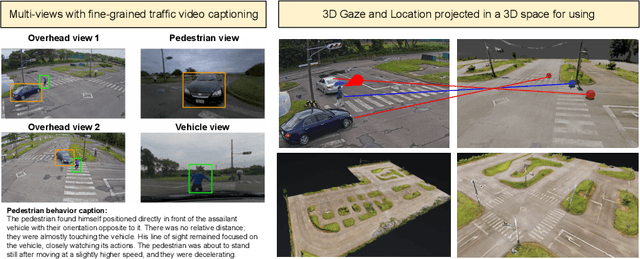
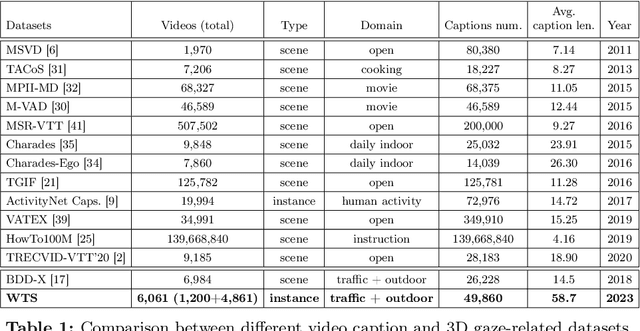
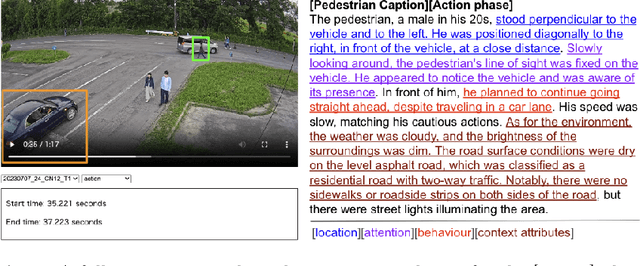
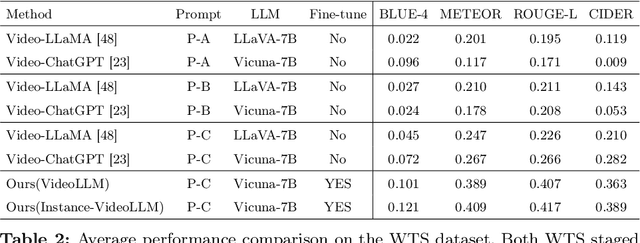
Abstract:In this paper, we address the challenge of fine-grained video event understanding in traffic scenarios, vital for autonomous driving and safety. Traditional datasets focus on driver or vehicle behavior, often neglecting pedestrian perspectives. To fill this gap, we introduce the WTS dataset, highlighting detailed behaviors of both vehicles and pedestrians across over 1.2k video events in hundreds of traffic scenarios. WTS integrates diverse perspectives from vehicle ego and fixed overhead cameras in a vehicle-infrastructure cooperative environment, enriched with comprehensive textual descriptions and unique 3D Gaze data for a synchronized 2D/3D view, focusing on pedestrian analysis. We also pro-vide annotations for 5k publicly sourced pedestrian-related traffic videos. Additionally, we introduce LLMScorer, an LLM-based evaluation metric to align inference captions with ground truth. Using WTS, we establish a benchmark for dense video-to-text tasks, exploring state-of-the-art Vision-Language Models with an instance-aware VideoLLM method as a baseline. WTS aims to advance fine-grained video event understanding, enhancing traffic safety and autonomous driving development.
DEXTER: Deep Encoding of External Knowledge for Named Entity Recognition in Virtual Assistants
Aug 15, 2021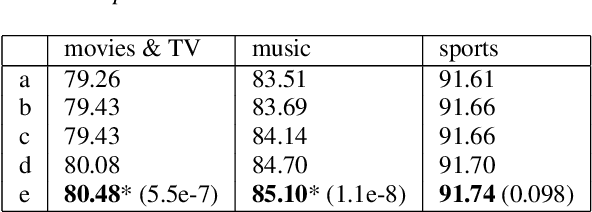
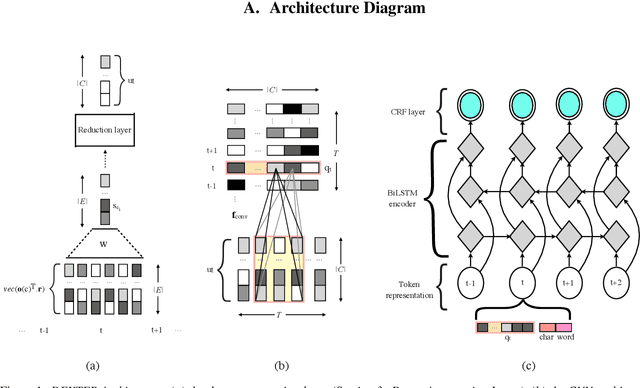
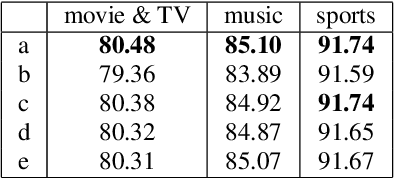
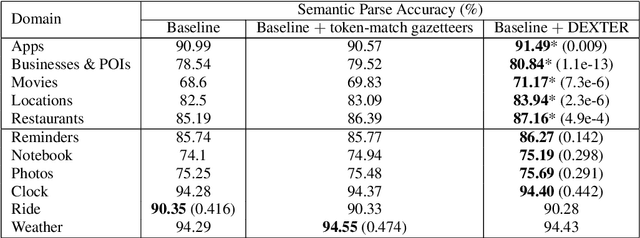
Abstract:Named entity recognition (NER) is usually developed and tested on text from well-written sources. However, in intelligent voice assistants, where NER is an important component, input to NER may be noisy because of user or speech recognition error. In applications, entity labels may change frequently, and non-textual properties like topicality or popularity may be needed to choose among alternatives. We describe a NER system intended to address these problems. We test and train this system on a proprietary user-derived dataset. We compare with a baseline text-only NER system; the baseline enhanced with external gazetteers; and the baseline enhanced with the search and indirect labelling techniques we describe below. The final configuration gives around 6% reduction in NER error rate. We also show that this technique improves related tasks, such as semantic parsing, with an improvement of up to 5% in error rate.
Question-Conditioned Counterfactual Image Generation for VQA
Nov 14, 2019

Abstract:While Visual Question Answering (VQA) models continue to push the state-of-the-art forward, they largely remain black-boxes - failing to provide insight into how or why an answer is generated. In this ongoing work, we propose addressing this shortcoming by learning to generate counterfactual images for a VQA model - i.e. given a question-image pair, we wish to generate a new image such that i) the VQA model outputs a different answer, ii) the new image is minimally different from the original, and iii) the new image is realistic. Our hope is that providing such counterfactual examples allows users to investigate and understand the VQA model's internal mechanisms.
 Add to Chrome
Add to Chrome Add to Firefox
Add to Firefox Add to Edge
Add to Edge